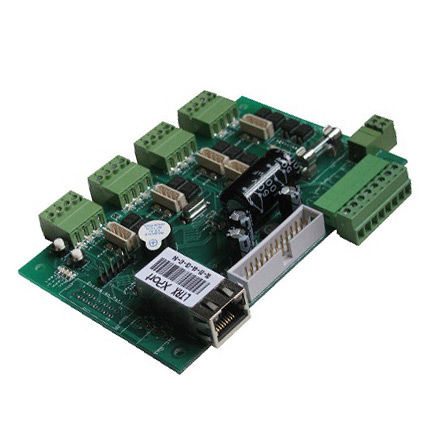

The Evolution and Application of Tin Float Glass
Tin float glass, a revolutionary development in the glass manufacturing industry, has transformed not only architectural design but also the way we interact with our environments through transparency and light. This innovative process, introduced in the mid-20th century, is based on the principle of floating molten glass on molten tin, resulting in an exceptionally smooth, flat surface that is both aesthetically pleasing and structurally sound.
The Process of Tin Float Glass Production
The production of tin float glass hinges on a relatively simple yet ingenious method. The raw materials, primarily silica sand, soda ash, and limestone, are melted together at high temperatures in a furnace. Once the mixture reaches a molten state, it is poured onto a bed of molten tin. The unique properties of tin allow the level of molten glass to float on its surface, creating a uniform thickness while also producing a flawless finish.
This floating action is crucial as it allows for the elimination of surface imperfections commonly found in traditional glass-making processes. As the glass cools gradually, the surface becomes incredibly smooth, both on the top and the bottom, which is essential for applications requiring high optical clarity and precision.
After cooling, the glass sheets can be cut into various sizes, treated for added strength, and coated as necessary for different applications. This versatility makes tin float glass a popular choice across various sectors, including construction, automotive, and consumer products.
Applications and Impact
The applications of tin float glass are vast and varied. In architecture, it is primarily used for windows, facades, and interior partitions due to its excellent light transmittance properties. The ability to create large sheets of uniform thickness without distortion allows for expansive views and bright indoor environments. Furthermore, the insulating properties of coated float glass can significantly improve the energy efficiency of buildings, addressing environmental concerns associated with energy consumption.

The automotive industry also benefits greatly from tin float glass, where windshields and side windows are made. The clarity and strength of float glass are paramount, as they ensure not only visibility but also safety during collisions. Advances in automotive design, such as panoramic glass roofs and large-scale windows, have been made possible due to the manufacturing capabilities of tin float glass.
In consumer products, tin float glass is used extensively in the production of mirrors, glass shelves, and decorative items. The aesthetic appeal and durability of this type of glass make it a preferred choice for homeowners and designers alike.
Environmental Considerations
While the benefits of tin float glass are numerous, the manufacturing process does have environmental implications. The high temperatures required for melting glass contribute to greenhouse gas emissions. However, many manufacturers have begun to mitigate this by implementing energy-efficient practices and utilizing recycled materials in their production processes.
Furthermore, the durability and longevity of glass products reduce the need for frequent replacements, contributing to sustainability in the long run. The recyclability of glass also plays a significant role in minimizing waste. Tin float glass can be recycled multiple times without degrading its quality, making it an environmentally friendly choice for consumers and industries alike.
Conclusion
In conclusion, tin float glass represents a remarkable advancement in glass manufacturing technology, merging functionality with aesthetic appeal. Its unique floating process ensures superior quality and performance, making it indispensable across various sectors. As industries continue to adapt and innovate, the demand for environmentally sustainable practices in the production of tin float glass will likely shape its future development. Ultimately, the evolution of tin float glass not only enhances architectural beauty and safety but also opens new avenues for technological advancement and environmental stewardship in the glass-making industry.